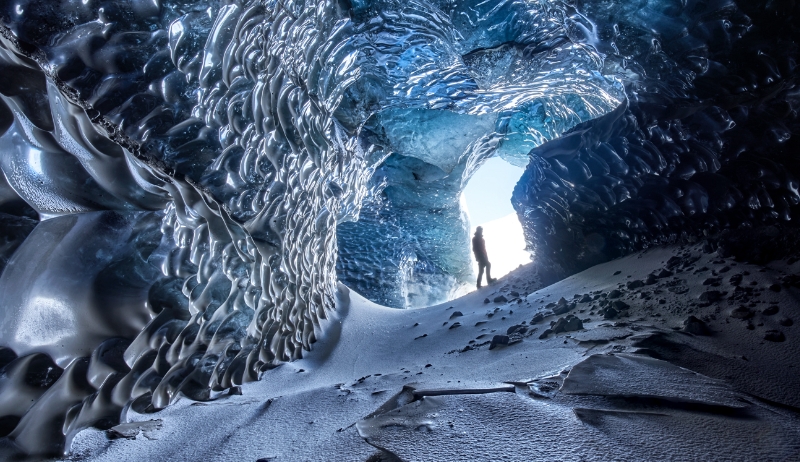Using HDR for architectural photography
While blending or merging several exposures into one final High Dynamic Range (HDR) image remains a popular creative option for landscape photographers over the years, its use in architectural and commercial shoots has some big benefits that are unique to the challenges of shooting these genres. In many scenarios, especially outdoors, photographers can normally rely on graduated filters to balance a scene by blocking large parts of the frame with a neutral density layer – evening up the brightness from the shadows to the highlights. But while this works well on large, sweeping horizons and foregrounds (i.e., landscape shooting), when it comes to making that process work for odd-shaped buildings and structures with various hotspots and dark areas, we’re often unable to use the same approach. And where using a filter isn’t an option, or where the sheer amount of “fill light” you’d need to balance the scene becomes prohibitive, that’s where Capture One’s HDR Merge function can now deliver the results you need. How It’s Used HDR Merge relies on you capturing two or …



